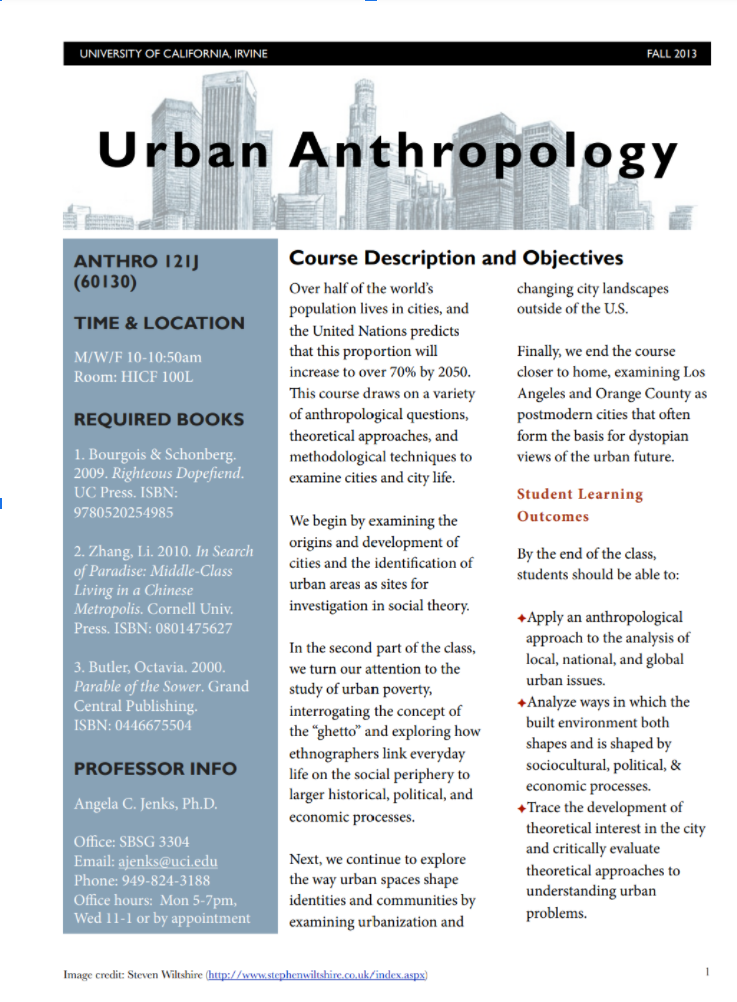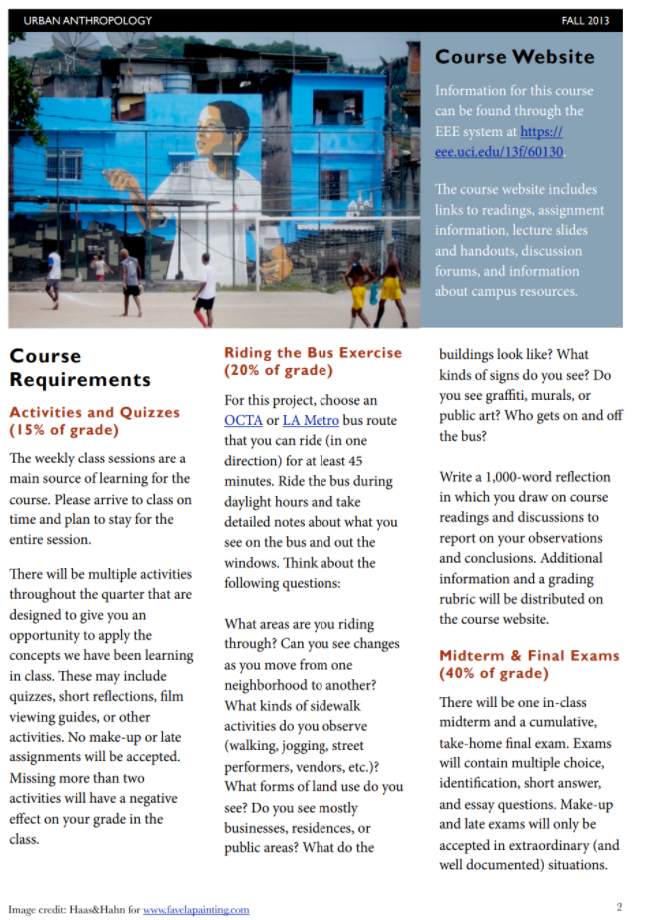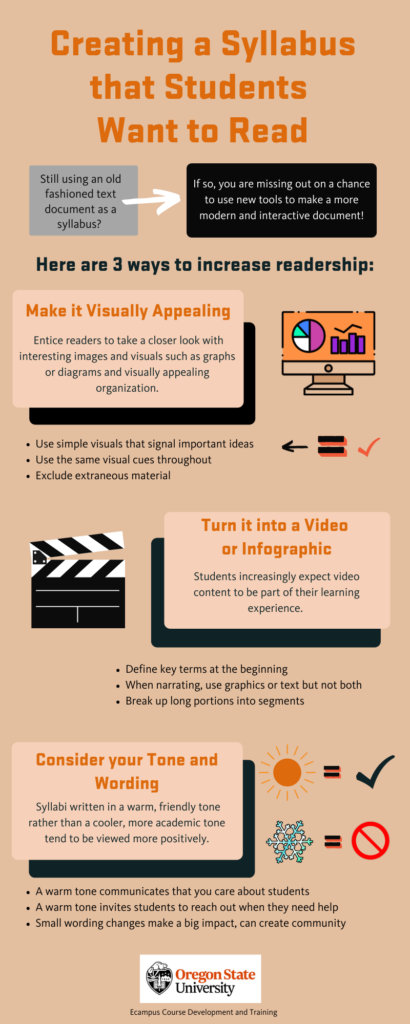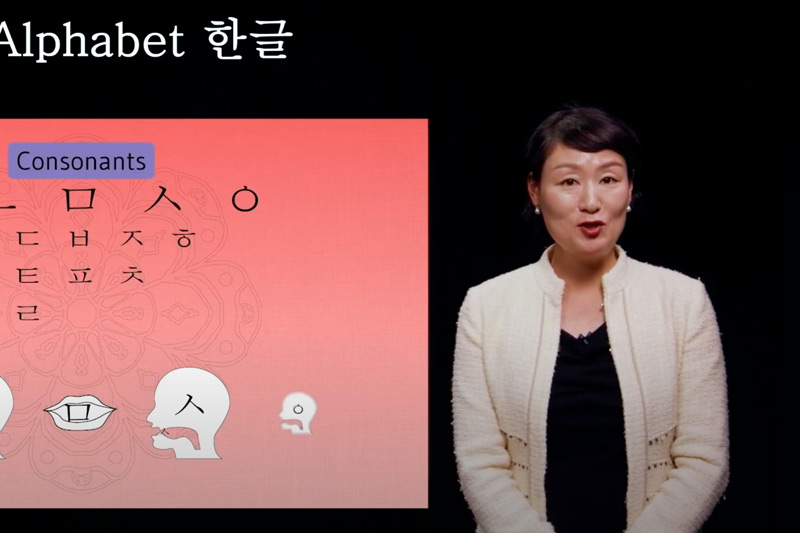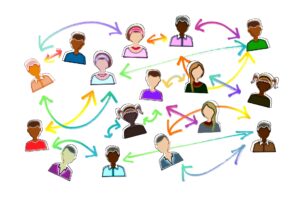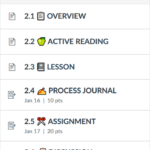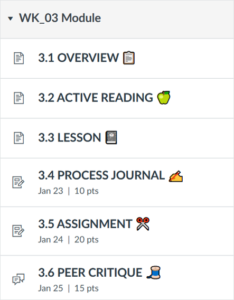
According to the 2020 Brandon Hall Group Team Development Pulse Survey findings (Werder, 2021), at least half of work is currently done in teams in over seventy percent of companies. Global Human Capital Trends (2016) confirmed that this trend is continuing, with over 7000 organizations moving towards more team-based designs. However, the success of team collaboration is not a guarantee and requires diligent planning and hard work. Tannenbaum and Salas (2020) suggest that there are seven “Cs” (or drivers) of teamwork, namely: capability, cooperation, coordination, communication, cognition, coaching, and conditions.
To contextualize and apply each of these 7 “Cs”, I’ll use a recent team collaboration I participated in as an example. A team of four staff from Oregon State University Ecampus gave a virtual presentation on the role of instructional designers in research. Speaking of the first C – capacity, thanks to the selection of team members, this team had the perfect mix: the facilitator was in charge of setting up the stage and engaging the audience with an opening poll and scenario. A second team member was assigned to cover the institutional level, a third team member was assigned to cover the team level and the last team member was assigned to cover at the individual level. Capability: checked ✅!
Cooperation: During the preparation for the presentation, each of the four team members worked individually on our own parts. When we met again, we reviewed each other’s parts, felt comfortable voicing any concern or areas that could use improvement. We each revised our individual parts and met again to review. At this point, we felt we had the content nailed down. Laurie, Tianhong and Heather already know each other very well since we all work in the same instructional design team at Ecampus. Naomi opened herself up and welcomed us to give her feedback and ideas for improvement up front, which is very helpful for Laurie, Tianhong and Heather to connect with her, and built trust for working together on this project. Viola, Cooperation: checked ✅!
Coordination: During the two rounds of peer review sessions, we made many changes, based on feedback from team members. Naomi opened up with a poll of attendee roles and a scenario to illustrate why instructional designers need to be involved in research. Laurie demonstrated diligence and surveyed the entire instructional design team at Ecampus and was able to present some solid data on our team composition in terms of degree/education, and years of career in instructional design. Laurie also provided Tianhong with two prepared slides on areas to be covered as a suggestion. Tianhong conducted comprehensive research and her findings demonstrated that over 50% of instructional designers at Ecampus have participated in research activities with support from Ecampus. Heather’s storytelling of her research involvement was rich and fascinating. So she had the pleasant struggle of cutting down her content to fit within a nine minutes time frame. And we all put scripts of what we plan to say in the notes area of the google slide we were collaborating on, which help us to stay within the limited time and allow us to have discussion time with all participants. Since each of us diligently completed our individual work as planned, the whole presentation is full of data and stories. Coordination: accomplished✅!
Communication within the team of four presenters was relatively easy since we use slack as a communication tool internally and we used calendar invites and emails for scheduling purposes. Our slack messages were quite active throughout the preparation and on the day of the presentation and after the presentation with many suggestions, encouragement, and compliments! Communication: accomplished✅!
Cognition or shared understanding among the team members is vital. In my opinion, this should be the first C on the list! For our team project, Naomi hand-picked the three panelists to join her on this collaboration because she sensed that all three of us share a common understanding on the value of instructional designers being involved with educational research. This common understanding and vision is visible the entire time while we worked on this project. Cognition: checked✅!
Coaching: Does leader and/or team members demonstrate leadership behaviors? Yes, Naomi is a great leader in this project. It was a pleasure to work under her leadership since the role of each panelist is very clear, and we started the collaboration early enough so that we have plenty of time to review, revise, practice and practice again before the actual presentation. Laurie also demonstrated leadership by offering help to cohesively formatting and beautifying each of our slide decks into one presentation file. Coaching: accomplished✅!
Conditions: Does the team have favorable conditions such as resources and culture? Yes, each team member brought with them expertise in their own roles, we were also able to use existing tools such as slack and google slides, and ecampus presentation template for this collaborative presentation. Naomi could have done it all by herself. But she invited a panel of three instructional designers to collaborate with her on this presentation. Our combined effort makes our story stronger, richer and more impressive because we work as instructional designers and we have experience doing research as instructional designers. Conditions: checked✅!
On the day of the virtual presentation, Laurie and Tianhong were presenting from campus offices housed inside the campus library while Heather and Naomi were presenting from their remote offices. In the middle of the presentation, there was a 🔥fire alarm in the library which required everyone to evacuate from the library. Laurie and Tianhong moved to a nearby building and logged back online and re-joined the presentation within 10 minutes. We are so thankful that the four of us are presenting from different locations so that the fire alarm did not stop us from presenting. This is how virtual team collaboration saved our work during a fire alarm emergency. And this is how the 7 Cs led us to a great team collaboration. The next time you sit down to plan a team project or initiative, you might benefit from reflecting on these following questions:
- Does the team have the right people with the right mix? (Capability)
- Does each team member have constructive attitudes about their team? (Cooperation)
- Does each team member demonstrate necessary teamwork behaviors? (Coordination)
- Does each team member exchange information effectively with each other and outside? (Communication)
- Does each team member possess a shared understanding? (Cognition)
- Does leader and/or team members demonstrate leadership behaviors? (Coaching)
- Does the team have favorable conditions such as resources and culture? (Conditions)
I hope I have encouraged and convinced you a tiny bit in your next decision for teamwork and have fun collaborating and doing effective teamwork!😊
References:
Werder, C. (2021). How to develop a winning team. Brandon Hall Group. Retrieved from https://www.brandonhall.com/blogs/how-to-develop-a-winning-team/
Global Human Capital Trends. (2016). The new organization: Different by design. Deloitte University Press. Retrieved from https://www2.deloitte.com/content/dam/Deloitte/global/Documents/HumanCapital/gx-dup-global-human-capital-trends-2016.pdf
Tannenbaum,S.I. & Salas, E. (2020). Teams that work : the seven drivers of team effectiveness. Oxford University Press.




